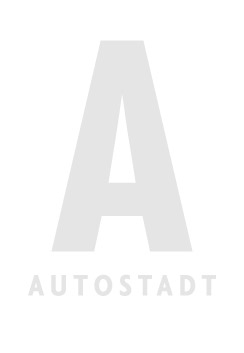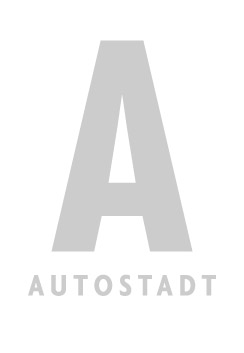 Web Content Display
Web Content Display
Classic of the Month
Volkswagen Type 3
60th Anniversary
 Web Content Display
Web Content Display
The Type 3 represents a milestone in the history of Volkswagen cars: With the launch of a third model series after the Beetle and the T2 Bus, the company dared to attempt to enter the mid-sized family car market in the early 1960s. The result was presented to the public for the first time at the 1961 Internationale Automobil-Ausstellung (IAA) motor show in Frankfurt, and is therefore celebrating the 60th anniversary of its premier appearance this year. Reinhard Seiffert, the editor of das Auto, Motor und Sport magazine (renamed to auto motor und sport from edition 1/1963 onwards) and an enthusiastic observer of the latest automotive developments, called the Type 3 "as inconspicuous as Cinderella": "You look at this car, say to yourself: right, so that's it; and in future, when you see it on our roads in tens of thousands, you'll take note of its presence just as dispassionately."
The Type 3 "Variant", a three-door estate, was the first representative of a body design which, at the time, was completely new for Volkswagen. Initially presented as the VW 1500, the Type 3 was therefore the beginning of a success story that continues to this day: In the first production year, 1962, the Variant proportion of the entire Type 3 production still amounted to a mere eighteen percent. In 1967, the Variant already drew level with the two saloon versions, only to overtake them with a proportion of around 54 percent just a year later. However, throughout the time when the series was built, its design was continuously improved further. An optionally available extra was a Bosch electronic fuel injection system, which in those days above all ensured a clean fuel mixture and thereby a more efficient fuel combustion.
 Web Content Display
Web Content Display
 Web Content Display
Web Content Display
Volkswagen Type 3: The Volkswagen "without an engine"
A popular practical joke amongst the earliest Type 3 drivers was to open the tailgate and to convincingly announce to admirers of their vehicles that the new car from Wolfsburg no longer needed an engine as it was self-propelling. In actual fact, the exceptionally flat air-cooled four-cylinder boxer engine was hidden underneath the second luggage compartment in the boot of the car.
Fastback model from 1965 onwards
From 1965 onwards, the manufacturer offered two saloon versions in parallel. With the TL model, the notchback version shown on the pictures was joined by a fastback design which, besides sleeker lines, also offered practical advantages: more headroom in the back of the car and a deeper rear boot space. The front boot space also grew over the course of the Type 3 history as a result of a design facelift that was unusually rigorous for Volkswagen, at the time. In the summer of 1969, the mid-sized family Volkswagen was launched with a nose length that had been increased by 120 millimetres. This resulted in a not unimpressive 25 percent more luggage capacity.
Production of the Type 3 ended in July 1973. Over almost twelve years, 2,584,904 of these mid-sized family cars had been built, which meant that it was in third place in the German new car registration statistics for many years, just behind the Beetle and the Opel Kadett.





